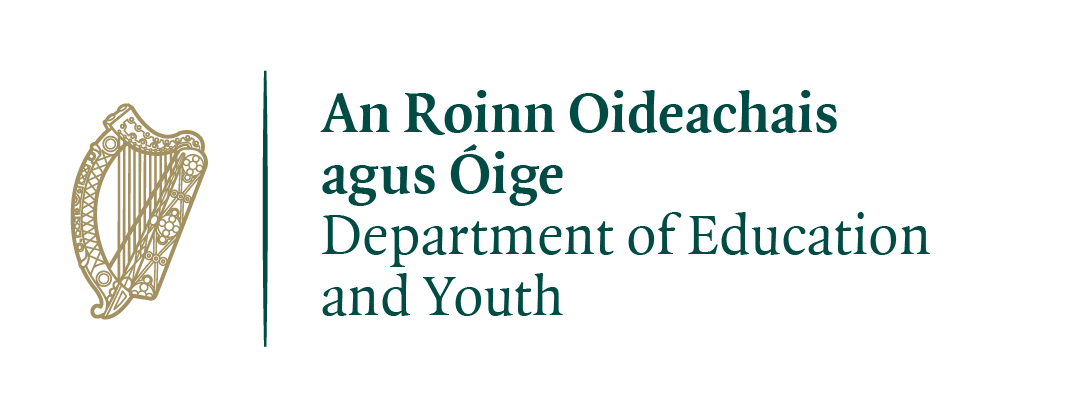Tips for safe sharing of mental health content online
Find out how to create and share your lived experiences safely online.

Many people choose to share their experiences with self-harm, eating disorders, or suicidal thoughts online. For some people, it’s a way of making sense of what they’ve been through. For others, it’s about raising awareness, breaking down stigma, or letting others know they’re not alone. Whatever your reason for opening up publicly, safely sharing mental health content online is really important.
Sharing your story can have a positive impact on your life, your recovery journey, and the lives of others. When lived experience content is created safely, it can:
- Give people hope
- Show that recovery is possible
- Encourage people to reach out for help
- Help people understand the real impact of mental health difficulties, like suicidal thoughts, self-harm and eating disorders
Although there can be many benefits associated with sharing your lived experience online, it’s important to think about how to talk about them in ways that keep both you and your audience safe.
In this factsheet, you’ll find information that covers:
Steps you can take before posting to ensure safe sharing online
Sharing your own experiences of suicide, self-harm, or eating disorders can come with risks. It is best to follow the steps outlined below to check your own safety before posting.
Reflect on what you hope to achieve
Ask yourself why you’re thinking of sharing your story and what you’re hoping to achieve by posting about it. Think about what parts of your experience you would like to talk about and what parts you might want to keep private. Choosing to talk about your story doesn’t mean you have to talk about everything, and nobody is entitled to your story.
Choose the right format for you
There are many formats you can choose for sharing your story online. Some people record videos, others use text-posts, or longer articles or blog-posts. People also use different social media sites and platforms to share their stories. Choose a format and a platform that you feel comfortable with.
Choose your intended audience when safe sharing online
Ask yourself who you want to reach with your story. Some people share their story publicly, while others prefer to share it with a private group or a trusted circle. Think about what feels safe for you right now. Remember, you can always share more widely later if you want to.
Check your privacy settings
Before posting, look at the settings on the platform you’re using. Decide whether you want your content to be public or shared with friends or followers only. Decide if you want to allow others to share, download, or comment on your post.
Being in control of who sees your content can help you feel safer. However, keep in mind that it can be difficult to control where a piece of content goes once it is online. People can screenshot or screen record your content without your knowledge and share it in places you didn’t expect. People can also react to your story in unexpected or unhelpful ways.
Pause before you post to make sure it is safe
It can feel like being authentic online means you have to post in the moment. When it comes to talking about suicide, self-harm, or eating disorders, however, it’s best not to rush. Give yourself space to think it through. You might want to:
- Script what you’d like to say
- Wait a while after recording before deciding whether to share it
- Share what you’re thinking of posting with a friend to get their thoughts
It’s also important to check where you are in your recovery journey before sharing. If you’re in a crisis, intense emotions can affect your thoughts and actions. This might lead you to share your story in a way that feels right in the moment, but which might feel less comfortable as time goes on, especially after you’ve had more time to process how you’re feeling. In times of crisis, it can be best not to post at all and to reach out for support in other ways instead.
Check if your story includes others
Think about whether your post mentions friends, family, or others who were part of your experience. Consider how they might feel about being included, and whether it’s respectful or safe to share those details.
Protect your privacy
Before you post, make sure you’re protecting your privacy and staying safe. Sharing specific details about yourself can put your privacy at risk, especially if you’re sharing with a wide audience. This includes personal details like:
- Where you live
- What school you go to
- The specific treatment programmes you might have engaged in
Get help if you need it
You don’t have to share your story on your own. Before posting, it can help to talk through what you want to say with someone you trust. They could even read your post or watch your video before you share it. They may pick up on things you missed.
Some people also choose to work with a mental health charity or organisation that helps people share their lived experience. These groups sometimes provide safe platforms and guidance so you can tell your story in a supported way.
How to ensure safe sharing by minding others
If a lived experience of suicide, self-harm or eating disorders is shared in an unsafe way online, it can have a negative impact on others. Unsafe content can cause emotional distress, discourage help-seeking, or lead to copycat behaviours. Here are some steps you can take to keep others safe when sharing your story.
Use content notes
Many people use content notes to manage their well-being online. Adding a brief content note to your story lets others decide if they’re in the right place to engage.
Exclude harmful details to allow for safe sharing
Avoid giving details that could have a negative impact on others. If you’re talking about suicide or self-harm, do not include information on:
- Current or previous self-harm or suicide plans or attempts
- Information about how to self-harm or attempt suicide
If you’re talking about an eating disorder, do not include:
- Details about disordered eating behaviours
- Information on what you eat
- Your weight or other body measurements
Avoid graphic or upsetting images
Images or video footage that shows injuries, body comparisons, or other distressing content can be harmful. Be mindful of the visuals you use when sharing your story. Often neutral, positive, or recovery-focused images work best.
Be careful not to generalise
You are the expert when it comes to your own experience, but remember that everyone’s journey is different. When it comes to suicide, self-harm, and eating disorders, people can experience these challenges in very different ways. While many people may relate to aspects of your story, be careful not to assume that what was true for you is true for everyone else. Avoid telling others what they should or shouldn’t do, and try not to assume how others think or feel.
Be clear that you’re speaking from your own personal perspective. It can help to use phrases like “In my experience, having a good nighttime routine helped a lot” or “For me, talking to someone made all the difference.”
Encourage help-seeking
Share information on trustworthy supports like helplines, text lines, and mental health charities. Remind people that professional help is available and that reaching out can make a difference.
Focus on recovery and hope
Sharing lived experience has the power to give people hope and show that recovery is possible. Self-harm, suicidal thoughts, and eating disorders are distressing experiences that significantly impact people’s lives. It is okay to acknowledge how impactful these experiences are. However, it is also important to balance this by highlighting coping strategies, progress, or what’s helped you along the way. Sharing hope helps people believe that things can get better.
Feeling overwhelmed and want to talk to someone?
- Get anonymous support 24/7 with our text message support service
- Connect with a trained volunteer who will listen to you, and help you to move forward feeling better
- Whatsapp us now or free-text SPUNOUT to 50808 to begin.
- Find out more about our text message support service
If you are a customer of the 48 or An Post network or cannot get through using the ‘50808’ short code please text HELLO to 086 1800 280 (standard message rates may apply). Some smaller networks do not support short codes like ‘50808’.






